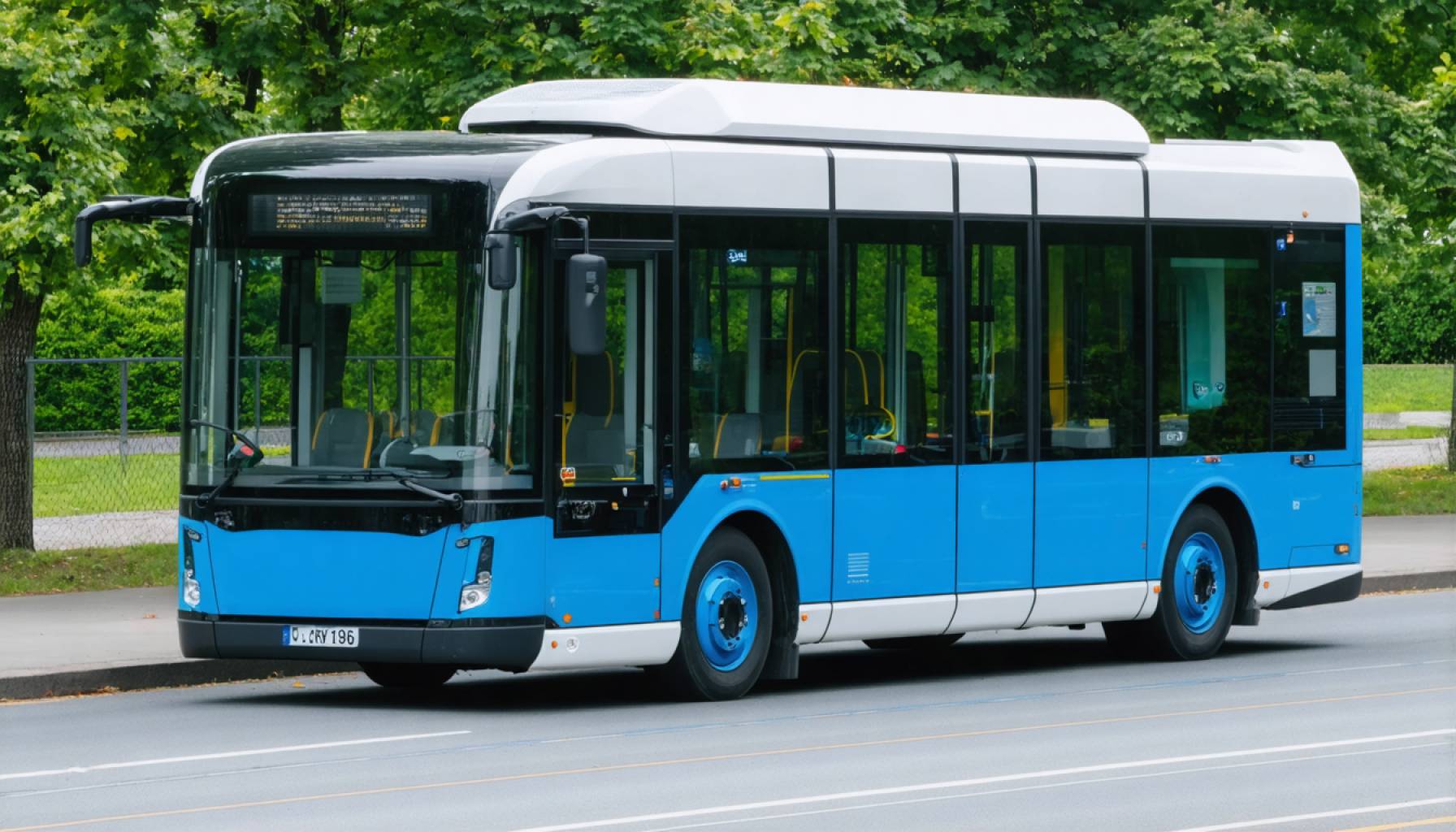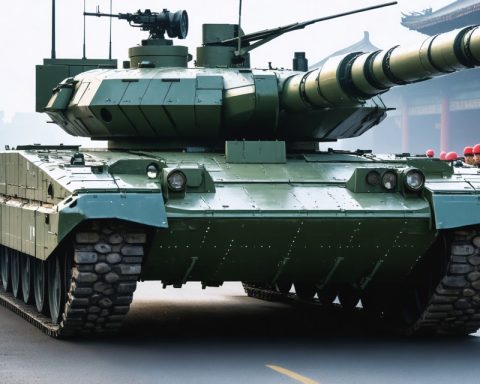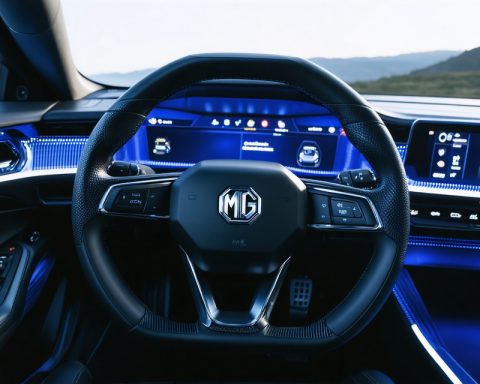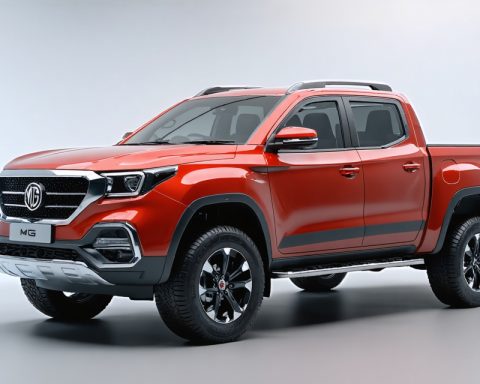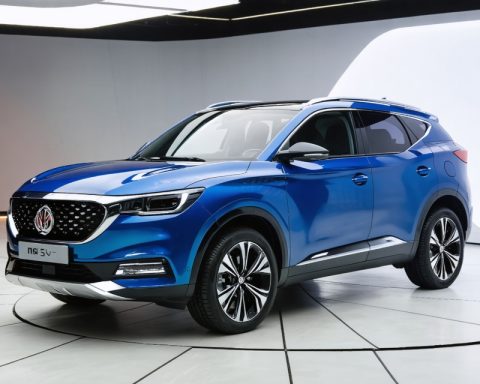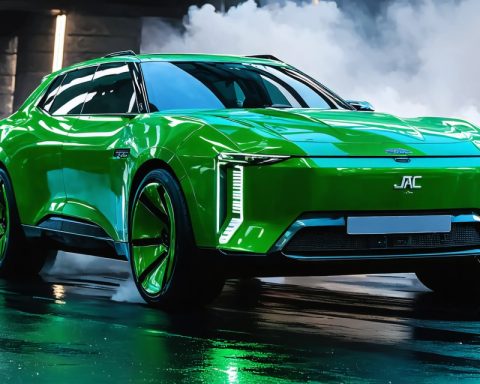- Electric buses are transforming urban transportation, replacing diesel-powered models and reducing pollution and noise in cities.
- Key benefits include zero tailpipe emissions, improved urban air quality, and reduced cases of respiratory diseases.
- Electric buses utilize regenerative braking, enhancing energy efficiency and lowering maintenance costs.
- Transitioning to electric buses requires investment in charging infrastructure and presents opportunities for technological innovation, such as rapid and inductive charging.
- Collaboration between governments, private companies, and citizens is essential for successful implementation and public trust in this transportation evolution.
- The shift to electric buses represents progress towards smarter, more sustainable cities, reducing noise and air pollution while fostering further innovation in urban mobility.
The urban landscape shudders and shifts as diesel-powered buses, once the stalwarts of city transport, give way to a cleaner, quieter breed. An electric revolution is unfolding on our streets, and city buses are leading the charge. Electric vehicle (EV) technology is not just for sleek sedans or innovative startups; it’s transforming public transportation with powerful ripples across communities worldwide.
Picture this: a once-smoggy urban street now hums with energy as gleaming electric buses glide along their routes. These silent giants weave through traffic, leaving behind nothing more than a whisper of a carbon footprint. This isn’t a scene from a sci-fi epic; it’s today’s reality. Cities from Los Angeles to London are investing in fleets of electric buses, driven by pressing goals to curb pollution, reduce noise, and champion sustainability.
The Benefits of Electric Buses
Electric buses offer a compendium of advantages. The first and perhaps most significant is their eco-friendliness. Traditional buses spew out an alarming quantity of emissions, contributing heavily to urban air pollution. In contrast, electric buses emit zero tailpipe emissions. This dramatic reduction in air pollutants can lead to healthier urban environments, potentially cutting cases of asthma and other respiratory diseases.
Moreover, electric buses are virtuosos of energy efficiency. They harness energy that would be lost in braking, converting it back into power. This regenerative braking system not only enhances energy conservation but also extends the lifespan of their components, reducing maintenance costs. Cities can save money spent on repairs while investing more into their transit systems.
Challenges and Opportunities
Transitioning an entire city fleet from diesel to electric isn’t a feat accomplished overnight. It requires strategic planning and investment in infrastructure such as charging stations. Yet, the hurdles present opportunities for innovation. Companies are developing rapid-charging technologies and exploring inductive charging options, where vehicles receive power wirelessly while in motion. Such advancements promise to further enhance the viability and convenience of electric city buses.
As cities worldwide embark on this journey, partnerships between governments, private companies, and citizens are crucial. Collaborations foster research, streamline technology implementation, and build public trust in this evolving transportation model.
A Vision of Smarter Cities
Imagine a city where air quality is vastly improved, noise pollution is minimized, and the streets are alive with clean transport options. The electrification of public buses is a pivotal step towards realizing this vision. It symbolizes progress while inspiring further innovations in urban mobility.
Takeaway
Electric vehicle technology in city buses is more than a trend; it is an urgent evolution reshaping metropolitan life. As governments and industries unite to accelerate this transformation, we step closer to cities that are not only healthier places to live but models of sustainable innovation.
The quiet hum of an electric city bus rolling by signifies hope—a new dawn in urban dynamics where technology meets the pressing needs of our planet. Every silent mile traveled by these electric behemoths is a step towards a brighter, greener future for our streets and skies.
Why Electric Buses Are Turning Heads Across the Globe
The Next Chapter in Urban Transportation
While electric buses are already making headlines for their environmental benefits and noise reduction, there are numerous facets of this transformation that deserve a closer look. The shift towards electric-powered public transit has the potential to revolutionize not just how we commute, but how cities are designed and experience daily life. Below, we dig deeper into the electric bus evolution, explore future industry trends, and provide actionable insights for communities and individuals.
How Electric Buses Work
Electric buses operate using a battery-powered electric motor instead of a traditional internal combustion engine. The key components include:
– Battery Pack: Stores electrical energy, typically made from lithium-ion cells.
– Electric Motor: Converts stored energy into mechanical power to turn the wheels.
– Control System: Manages battery power and optimizes energy usage.
– Regenerative Braking System: Recovers kinetic energy during braking and converts it back into usable energy.
Industry Trends and Market Forecasts
1. Market Growth: The global electric bus market is expected to surpass $100 billion by 2027, driven by policies promoting sustainable transportation and declining battery prices ([ResearchAndMarkets](https://researchandmarkets.com)).
2. Government Initiatives: The push for electric buses is heavily supported by government incentives. For example, the European Union has set ambitious targets to electrify public transport by 2030.
3. Technological Advancements: Innovations in fast-charging and battery technology are crucial. Companies are creating batteries with extended ranges and reduced charging times, which could eventually make electric bus fleets more cost-effective than their diesel counterparts.
Real-World Use Cases
– Los Angeles, USA: A pioneer in the electrification movement, LA aims to have an all-electric bus fleet by 2030. This initiative already shows improved air quality in several districts.
– Shenzhen, China: This city boasts the world’s largest electric bus fleet, serving as a successful model of large-scale implementation with thousands of buses reducing millions of tons of CO2 annually.
Limitations and Challenges
Converting an entire fleet involves several challenges:
– Infrastructure Needs: Building extensive charging networks requires upfront investment.
– High Initial Costs: While operating costs are lower, the initial purchase of electric buses is higher than diesel ones. However, costs are expected to decrease as technologies mature.
– Range Limitations: Current electric bus models may not match the range of diesel buses, necessitating careful planning and scheduling.
Insights & Predictions
– Increased Adoption: With anticipated technological breakthroughs and cost reductions, expect rapid adoption in developing countries over the next decade.
– Integration with Smart Cities: Electric buses will eventually connect with other smart mobility solutions, including autonomous transport systems and integrated urban planning.
Actionable Recommendations
1. Local Governments: Start by piloting small fleets to evaluate performance and gather data before a full rollout.
2. Communities: Engage in discussions with municipalities to express support for cleaner public transport options.
3. Urban Planners: Incorporate electric infrastructure in city designs to future-proof public transport systems.
For more insights on clean energy, transportation advancements, and other sustainability topics, visit Bloomberg.
Conclusion
The electrification of city buses marks a pivotal advancement towards sustainable urban living. Although challenges persist, the positive impacts on the environment and public health make it an endeavor worth pursuing. As cities worldwide continue investing in electric buses, it’s only a matter of time before these eco-friendly giants dominate the streets, ushering in cleaner air and quieter neighborhoods for future generations.
